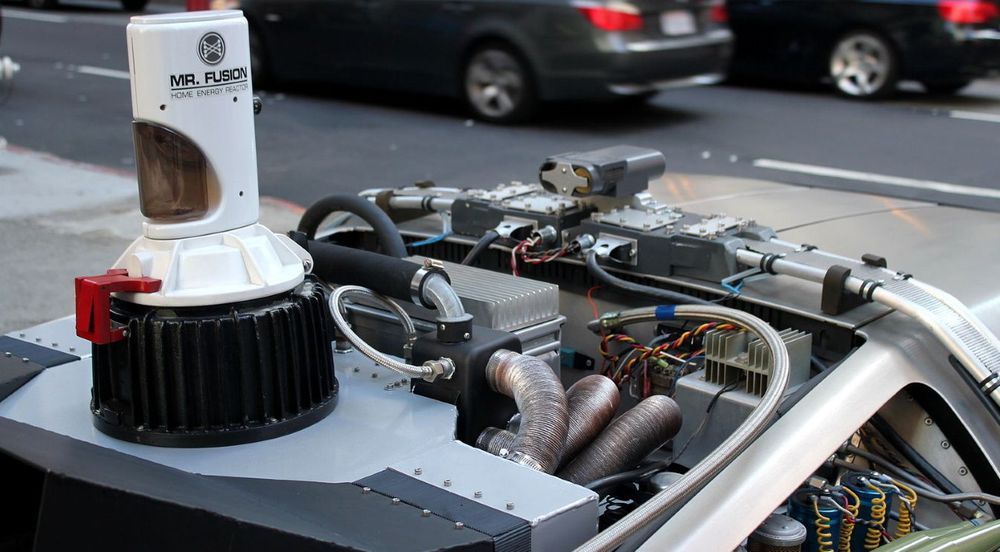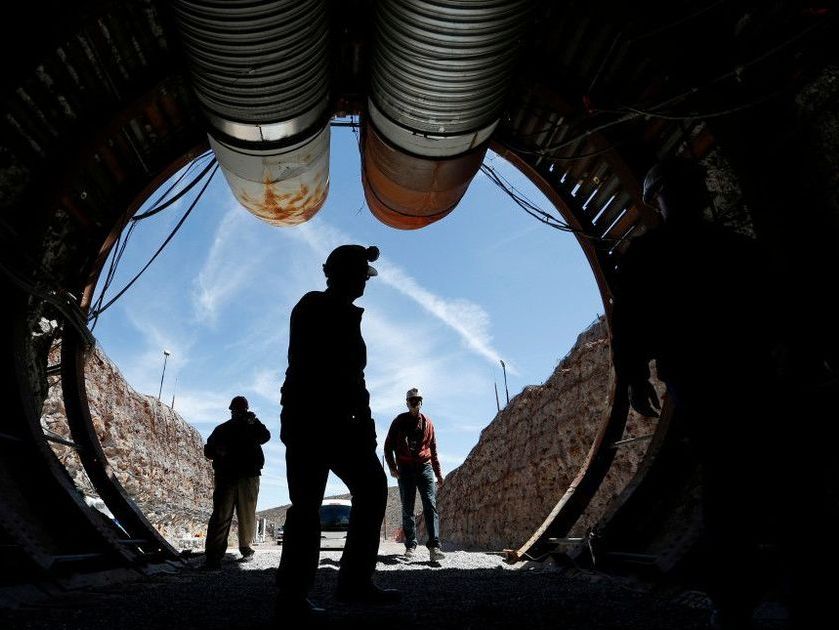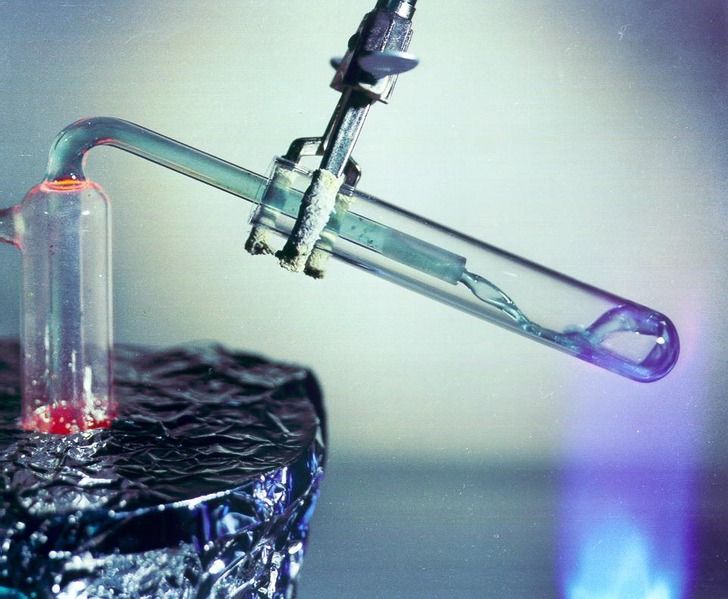The patent application for a “Plasma Compression Fusion Device” was applied for in March last year. It read, “Application filed by US Secretary of Navy.” The patent application was published in September this year. Under discussion is a compact fusion reactor.
The focus is on a compact nuclear fusion reactor that measures between 0.3 to 2 meters in diameter. As of October 15, the application status was listed as pending. The inventor named in the patent application was Salvatore Pais.
As described in The War Zone, the reactor could “pump out absolutely incredible amounts of power in a small space.”









